So the last of the German premium brands has yielded to the allure of greater volume and the promise of even bigger profits.
After an unbroken line of rear-wheel-drive and four-wheel-drive offerings over eight decades, BMW has finally introduced its first series-production front-wheel-drive model.
The 2-series Active Tourer, a boldly styled hatchback-cum-MPV, is arguably this year’s most significant car. And its relevance is enormous. Proceeding an extended range of similarly engineered models due out in the not too distant future, it puts BMW directly into competition against some of Europe’s best-selling models, taking its premium appeal into the mainstream.
Just how history will judge the new BMW is anyone’s guess. Many are already calling the tall five-seater a defining car for the company. But it’s still early days. Before it builds a legacy, the 2-series Active Tourer needs to prove itself against the very cars that it has been conceived to rival.
The burning question is: how good is it?
To find out, we’ve pitched the Active Tourer against what is arguably its keenest premium high-roofed hatchback rival right now: the newly introduced Volkswagen Golf SV. Our Active Tourer test car is a 2.0-litre diesel 218d, fresh from the model’s launch in Austria. To ensure a fair fight, we’ve brought along the Golf SV 2.0 TDI BMT.
This comparison looks set to be a very close contest even before a wheel is turned. The BMW’s four-cylinder turbodiesel engine, mounted transversely for a change, delivers 148bhp at 4000rpm and 243lb ft of torque at 1750rpm.
The Volkswagen also uses a 2.0-litre, four-cylinder diesel that produces the same 148bhp, but it arrives earlier in the rev range, at 3000rpm, and there is a subtle 8lb ft more torque to go along with it, with 251lb ft at a similar 1750rpm.
Nor is there much to separate them on price. At £24,205, the 218d Active Tourer isn’t exactly cheap. But only £215 separates it from the £23,950 Golf SV 2.0 TDI BMT SE, without the optional dual-clutch automatic gearbox of our test car.
For similar money, you can get yourself into a more heavily specified Ford C-Max 2.0 TDCi 163 Titanium X, which retails for £24,225, or a Mercedes-Benz B200 CDI SE, at £24,145.
Parked side by side, the BMW looks the sharper, more contemporary and, on optional 18-inch wheels, more alluring car to drive. With traditional design elements such as a prominent kidney grille and heavy swage line running the length of the flanks, the origin of the 218d Active Tourer is clear, even though it comes clothed in an uncharacteristic one-box body.
Read the full Volkswagen Golf SV review
The appearance of the Volkswagen is altogether less dynamic, although its panel fit is clearly the superior of the two, with tight and even gaps that give its exterior the edge in perceived quality.
The taller stature of the Golf SV also hints at an inherently more practical kind of car that, as reflected by the 17-inch wheels worn by our test car, has been conceived more for everyday comfort than pure handling prowess.
With both conceived around a five-seat interior, there is little separating them in overall size. At 4342mm long, 1800mm wide and 1555mm tall, the BMW is a mere 4mm longer, 7mm narrower and 23mm lower than the Volkswagen.
You don’t need to drop the throttle and charge through a challenging set of corners to discover that, compared with every other car that it has produced over the years, BMW has brought a totally new engineering philosophy to the 2-series Active Tourer.
You only need to climb inside and encounter its uncharacteristically high seating position, as well as the uncustomary view that greets you, to realise that it marks a new direction for a company whose reputation was built on an illustrious line of inherently more sporting cars.
First impression? Visibility is not one of the 218d Active Tourer’s strong points. Thick pillars limit the view to the front, and the shallow angle of the rear window means that vision to the rear is also restricted, something that makes parking sensors a must-have option for the new BMW.
It is here where the Golf SV immediately seizes an advantage. Its slightly thinner pillars allow better visibility to the front and a more upright back window gives the VW better rear vision.
The BMW sits on an all-new platform that has been developed for a whole raft of upcoming front-wheel-drive models from the German car maker and its daughter company, Mini.
The 218d Active Tourer shares its MacPherson strut front and multi-link rear suspension with the recently launched new-generation Mini Cooper hatchback, although it receives unique tuning aimed at providing it with the sort of handling to match that of more conventional hatchbacks.
Push it hard and the 1375kg 218d Active Tourer proves beyond any reasonable doubt that MPVs can be entertaining. Thanks to its lower kerb weight and superior power-to-weight ratio, it is slightly quicker off the mark than the 1492kg Golf SV.
Official claims point to a 0-62mph time of 8.9sec for the BMW and 9.2sec for the VW. The positioning is reversed on top speeds, the VW achieving 132mph and the BMW 127mph.
BMW has worked hard to give the 218d Active Tourer similar control weighting characteristics to the rest of its line-up, despite the adoption of front-wheel drive.
Its electro-mechanical steering is quite heavy by class standards. It also has a rather direct ratio, which makes it a little more pointy than is perhaps absolutely necessary in a car of this kind. The directness is welcome around town, where it aids impressive manoeuvrability, but I wonder if it might be better served by a slightly more relaxed helm, given the target market.
In a move that is sure to win it fans among enthusiasts, the 2-series Active Tourer is every bit as engaging as the C-Max on the right roads. The inherent directness of the steering lets it arc into corners with the eagerness of a well sorted hot hatch and, on the optional 18-inch rubber of our test car, the onset of understeer is controlled extremely well.
As a result, you can achieve genuinely impressive cornering speeds for such a tall car, making it quite an enjoyable drive. The Golf SV is not as much fun, but it is highly composed when hurried along. There is real depth to the chassis engineering.
It shrugs off excessive entry speed well and can carry quite a lot of momentum into corners before its electronic driving aids spring into action to stop the front end pushing wide. Superb damping contains roll angles well, although it can’t quite match the overall body control of the 218d Active Tourer. Nor does the VW plant its reserves to the road with quite the same authority as the BMW at the exit.
The Golf SV has a lovely consistency to its controls, though. The steering is lighter in feel than the BMW’s but no less effective for it. In fact, it is quite direct, and although it lacks for real feel, it is quite responsive to inputs. The weighting of the throttle and brakes are also lighter. So the VW requires a lot less effort and is less demanding in just about every situation than the BMW.
Read the BMW 2-series Active Tourer first drive review
The BMW can’t match the quietness of the VW while cruising, either. The 218d Active Tourer’s engine suffers from quite a bit of old-fashioned diesel chatter, both on a constant throttle and under load. There is also tyre roar from the front end and wind noise around those large A-pillars at motorway speeds.
The refinement of the Golf SV, on the other hand, is exemplary. Its engine, although clearly a diesel in aural character, is superbly isolated from the cabin. It masks tyre noise well and suffers less annoying wind noise at speed. The VW, which can be ordered with optional adjustable damping control, also possesses the better ride, although the BMW was hampered in this test by its optional 18-inch wheels.
The 218d Active Tourer holds the trump card on fuel economy and CO2 emissions. BMW quotes a combined average of 68.9mpg to Volkswagen’s 60.1mpg. This translates to average CO2 emissions of 109g/km for the BMW and 122g/km for the VW.
Away from dynamic considerations, it is the VW that impresses the most, with a more versatile, user-friendly and conspicuously airier interior than the BMW. This promises to make the Golf SV a more suitable choice for family car buyers than the 2-series Active Tourer. However, it is a closely fought contest.
The dashboard in the BMW is the more interesting to look at, with its dominant horizontal structuring, wide centre console tilted ever so slightly towards the driver and free-standing monitor, but as part of efforts to give the 2-series Active Tourer a sporting touch, it unnecessarily encroaches on the front seat passenger’s side, leaving you with the impression that it offers less space than it actually does.
The taller dashboard in the Volkswagen is less remarkable in its design, but its inherent simplicity and excellent ergonomics result in an uncluttered driving environment that offers a real feeling of space.
As befits the role of a practical modern-day carry-all, each car here offers a generous amount of oddment space up front, with handy storage bins located within the forward section of the centre console and well sized bins within the centre armrest and doors.
The Volkswagen will win more friends among those travelling in the rear bench seat, which, although fairly flat and lacking in proper support, is capable of accommodating three. The rear seat of the BMW is more contoured but the centre position is raised and really only suitable for a child.
Both cars offer adjustable, sliding rear seats to let you balance the demands of legroom and boot space, but whereas they come as standard in the Golf SV, they feature among a long list of optional equipment for the 218d Active Tourer.
Handily, the rear seatbacks in both cars can be adjusted for rake in two defined steps, allowing you to move them to a more accommodating position for added comfort over longer journeys.
Given its more upright profile, it is no surprise to find that the Golf SV serves up the greater boot capacity, at a nominal 500 litres, even if it does have the shorter rear overhang. But despite its more sporting profile, the 218d Active Tourer is far from shamed, because it offers 468 litres beneath its luggage blind.
That’s competitive by class standards and just 25 litres less than in the 3-series Touring. Whereas the BMW can be ordered with an optional remote-opening tailgate like that on our test car, it is not among the extras available on the Volkswagen.
Neither car offers a completely flat boot floor when the rear seats are folded away, with the rear seatbacks contributing to a slight rise in height. So configured, there is very little separating the two, with the Golf SV's 1520 litres outstripping the BMW’s hold by just 10 litres.
What the Golf SV can’t quite do is match the overall impression of quality offered by the 218d Active Tourer. Reflecting its more affordable price, the Volkswagen receives harder and less expensive-looking materials than the BMW throughout its interior. Nor does its switchgear operate with quite the same level of perceived precision as those of its new five-seat rival, which, in justification of its higher price, is subjectively more premium in feel.
The verdict
It wouldn’t be too difficult to argue a credible case for the 218d Active Tourer to come out on top in this twin test. It is the newer car here – if only just. It is also lighter and its diesel engine serves up eager performance, making it the faster of the two.
On testing roads, it is also the more engaging to drive, with control weightings reminiscent of traditional BMW models. On top of this, it delivers better economy.
But for all of its positives, the BMW lacks the sheer versatility of the Volkswagen, which has a larger cabin, greater accommodation and the biggest boot. Such qualities are the be all and end all in this class of car. And in this role, the Golf SV is the clear winner.
The clincher, though, is its overall ease of operation. With the lighter controls, better all-round vision and an airy interior, it is a remarkably easy car to drive. If you’re counting pennies, it is cheaper, too.
In the end, it is a narrow victory for the Volkswagen. However, the BMW is close to it in appeal. With a different engine, the verdict could have easily gone the other way; it really is that close.
So the front-wheel-drive BMW has arrived, and although it is not quite top of the heap in diesel guise, it is, true to form, one of the more overtly sporting cars in its class. The more things change, the more they stay the same.
Volkswagen Golf SV 2.0 TDI BMT
Price £23,950 0-62mph 9.2sec Top speed 132mph Economy 60.1mpg CO2 122g/km Kerb weight 1492kg Engine 4cyls, 1968cc, turbodiesel Power 148bhp at 3500rpm Torque 251lb ft at 1750rpm Gearbox 6-speed dual-clutch automatic
BMW 218d Active Tourer
Price £24,205 0-62mph 8.9sec Top speed 127mph Economy 68.9mpg CO2 109g/km Kerb weight 1375kg Engine 4cyls 1995cc, turbodiesel Power 148bhp at 4000rpm Torque 243lb ft at 1750rpm Gearbox 6-speed manual
Get the latest car news, reviews and galleries from Autocar direct to your inbox every week. Enter your email address below:

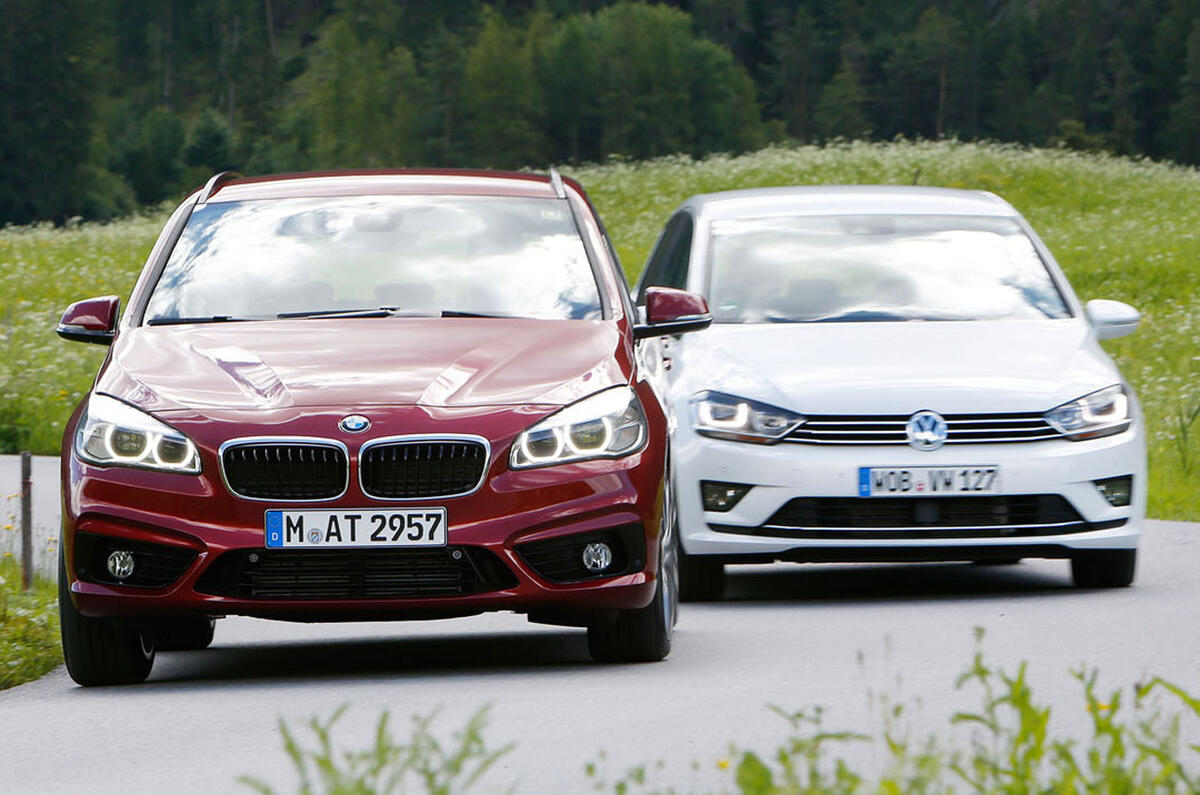
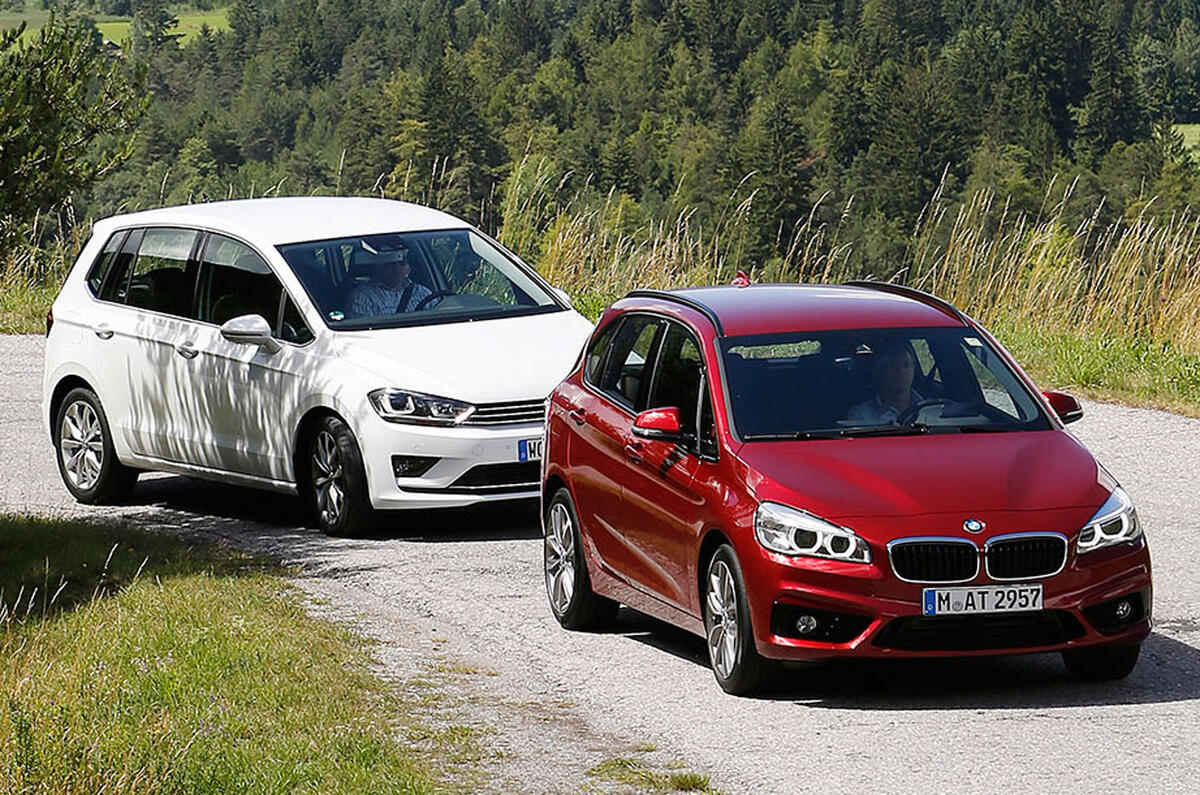
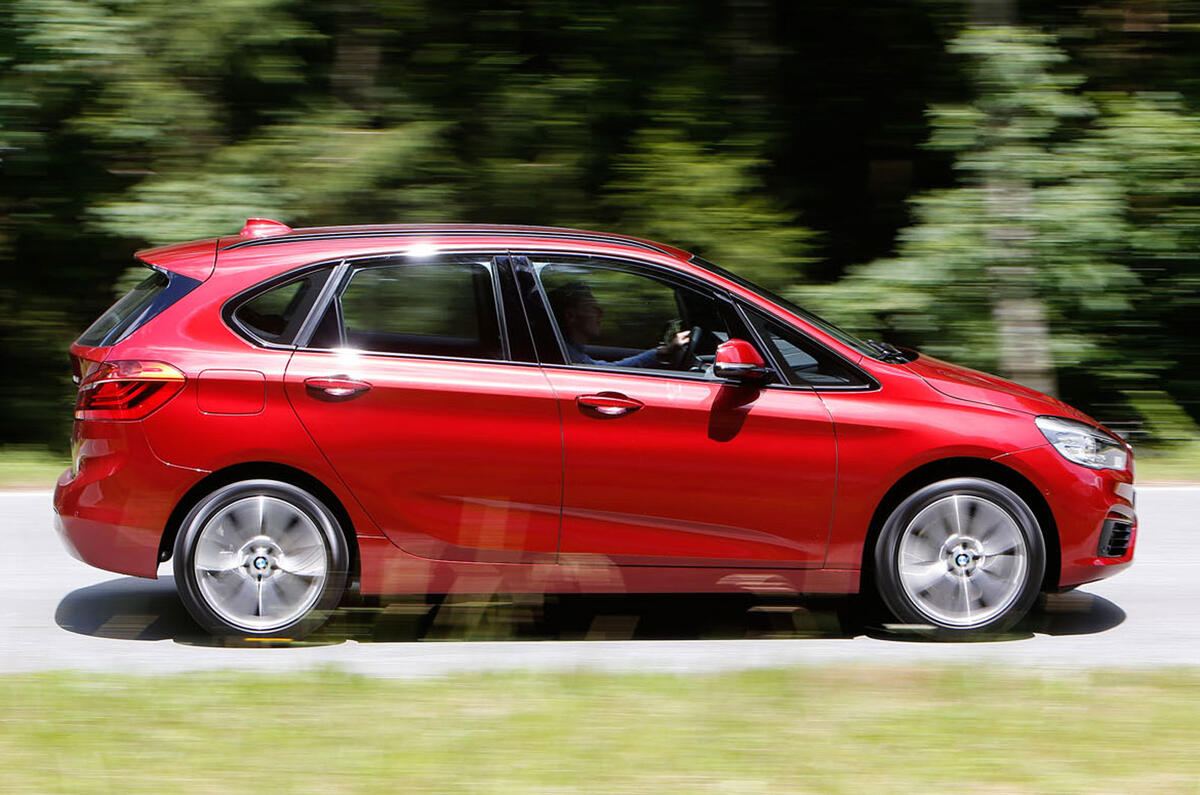
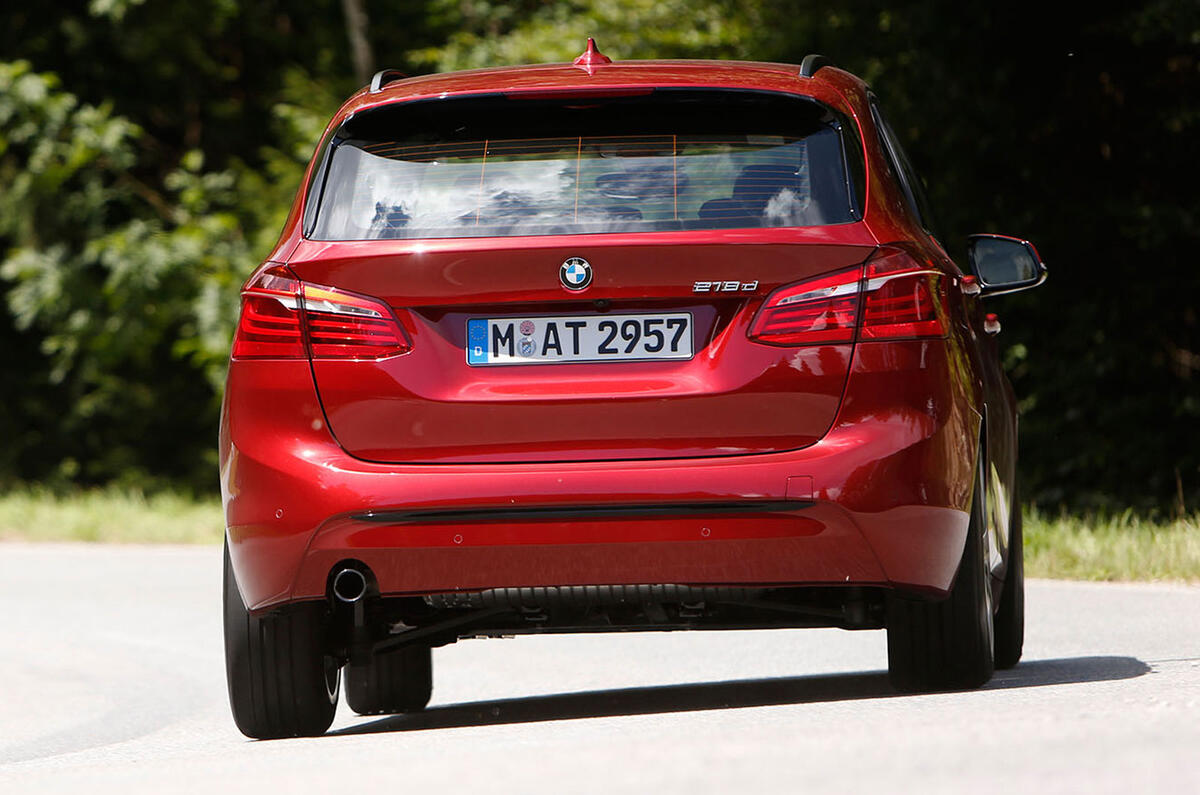
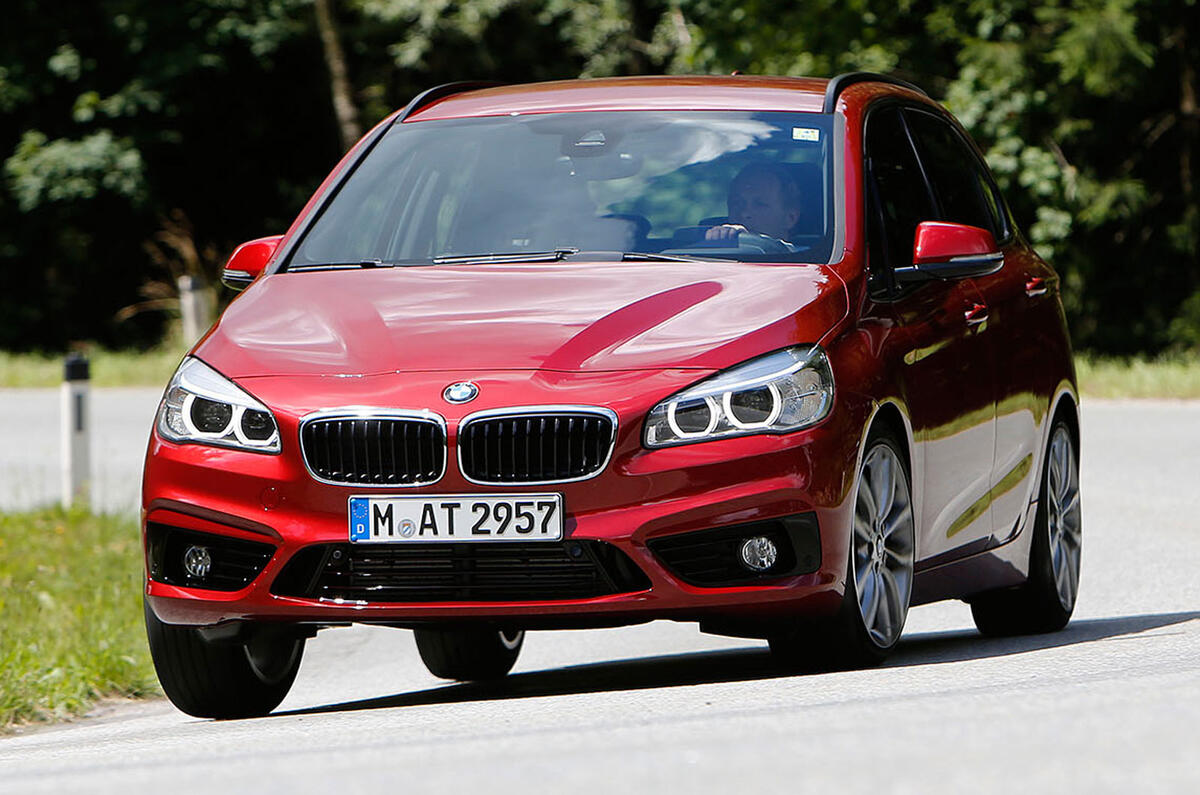
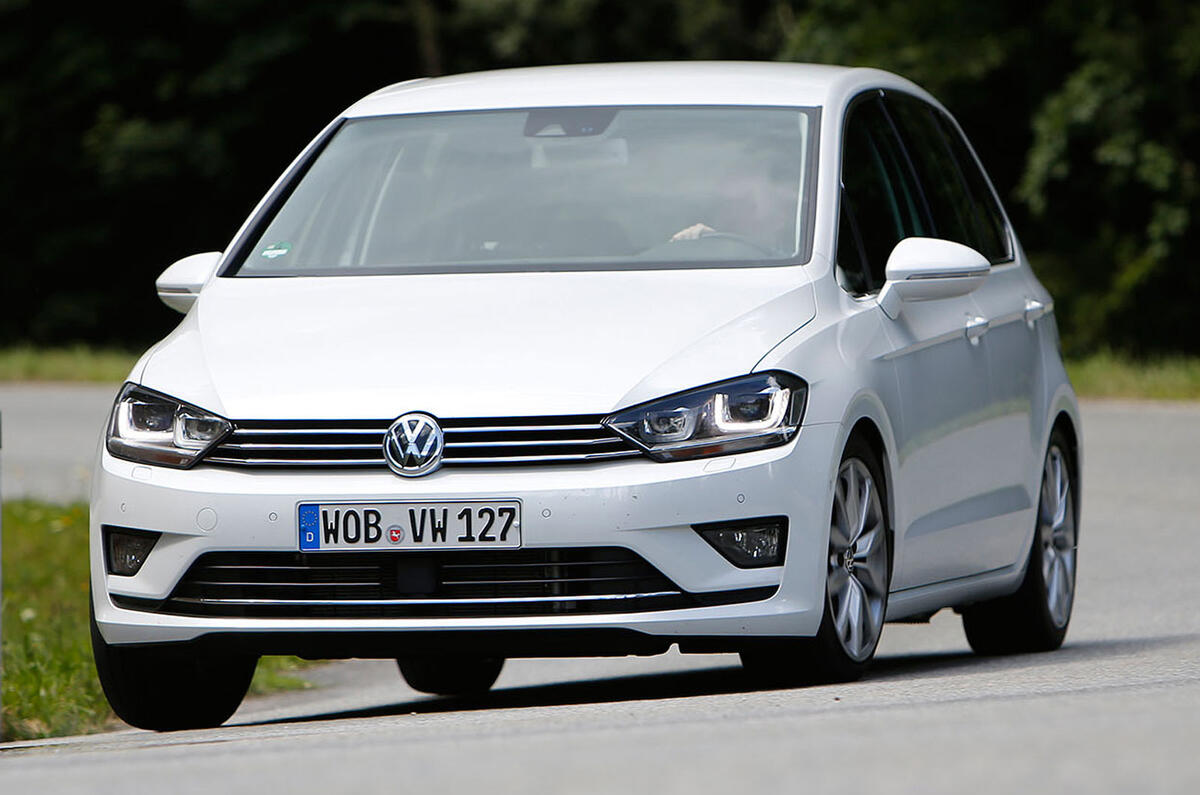
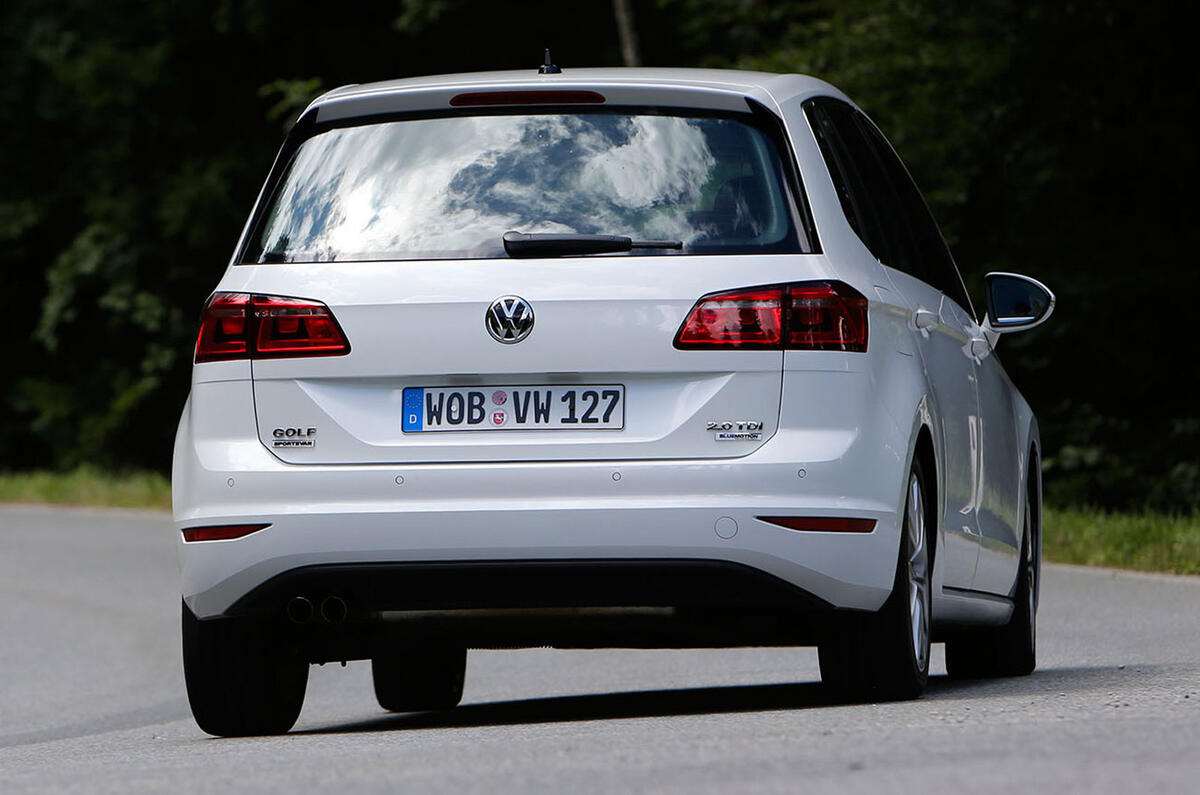
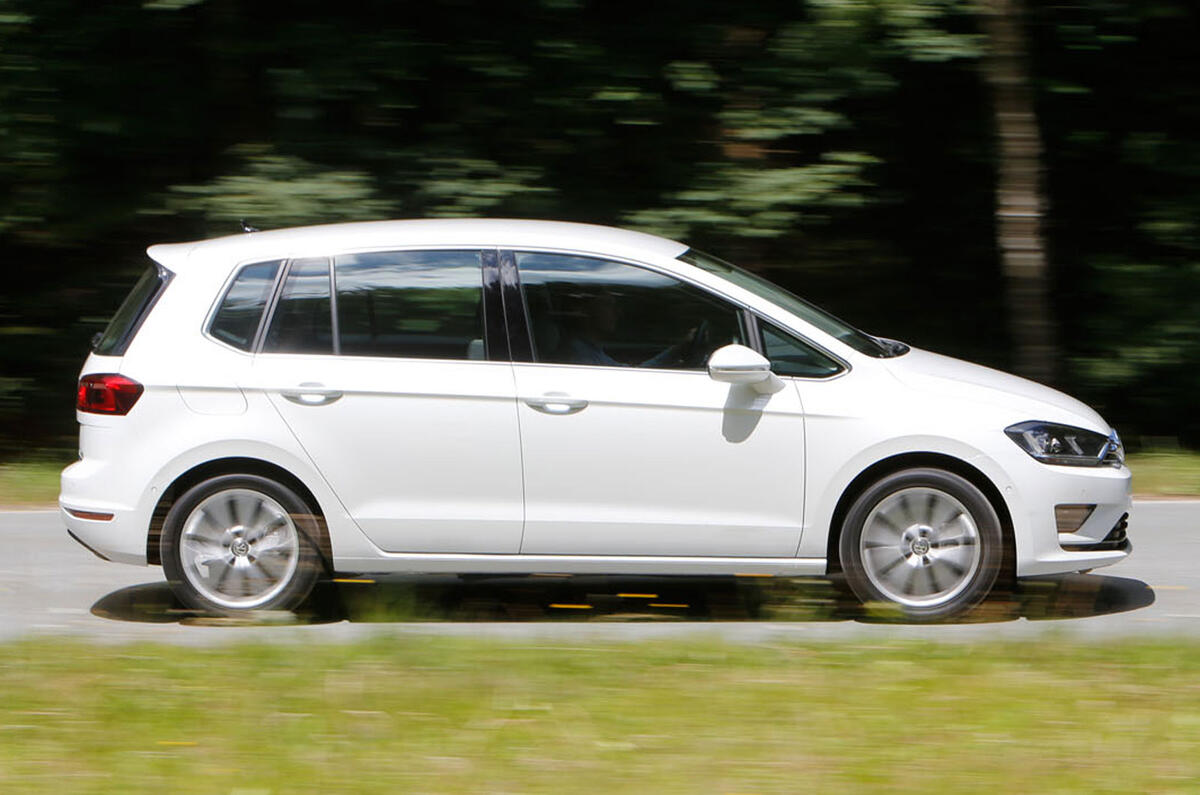
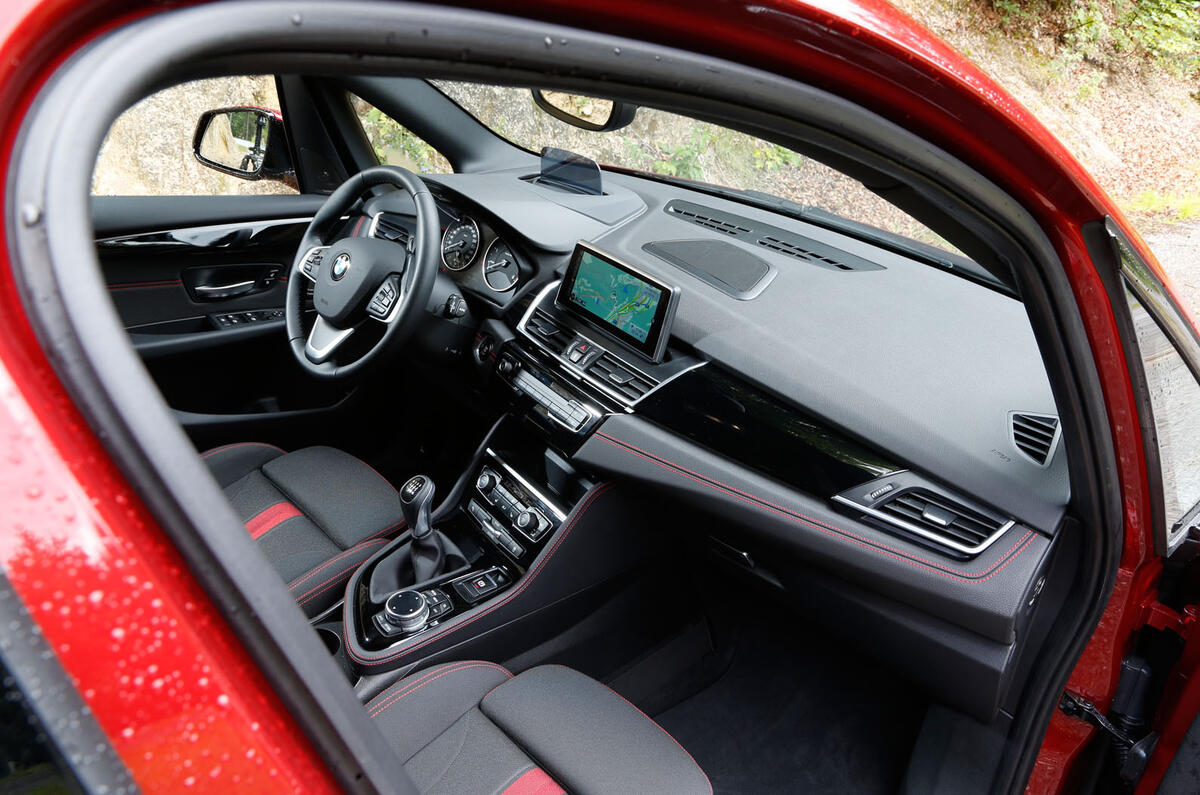
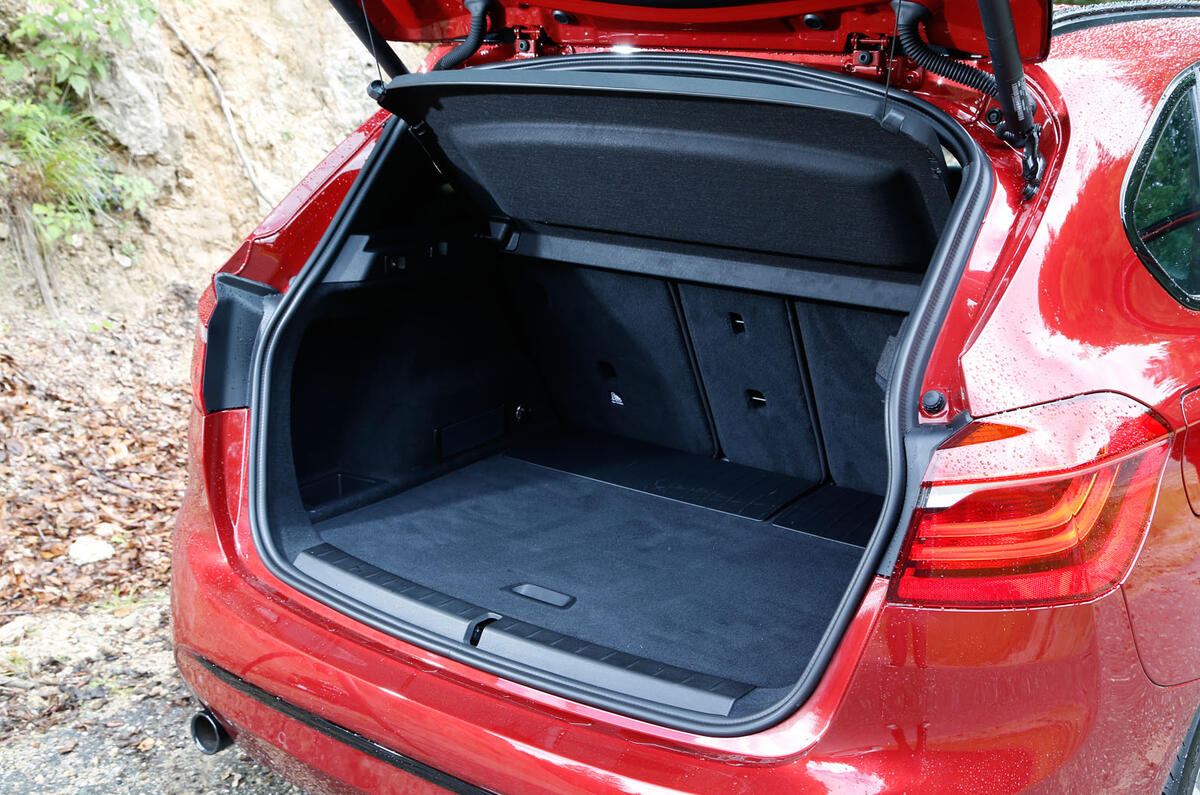

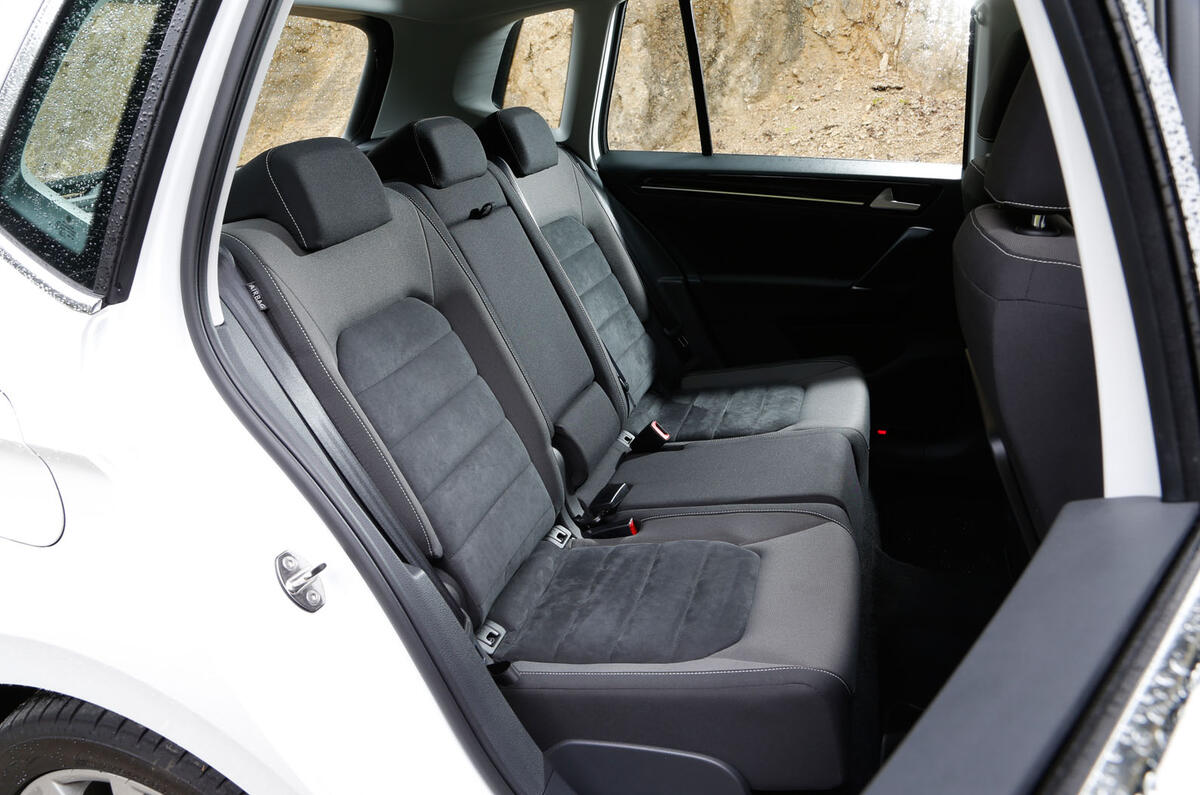
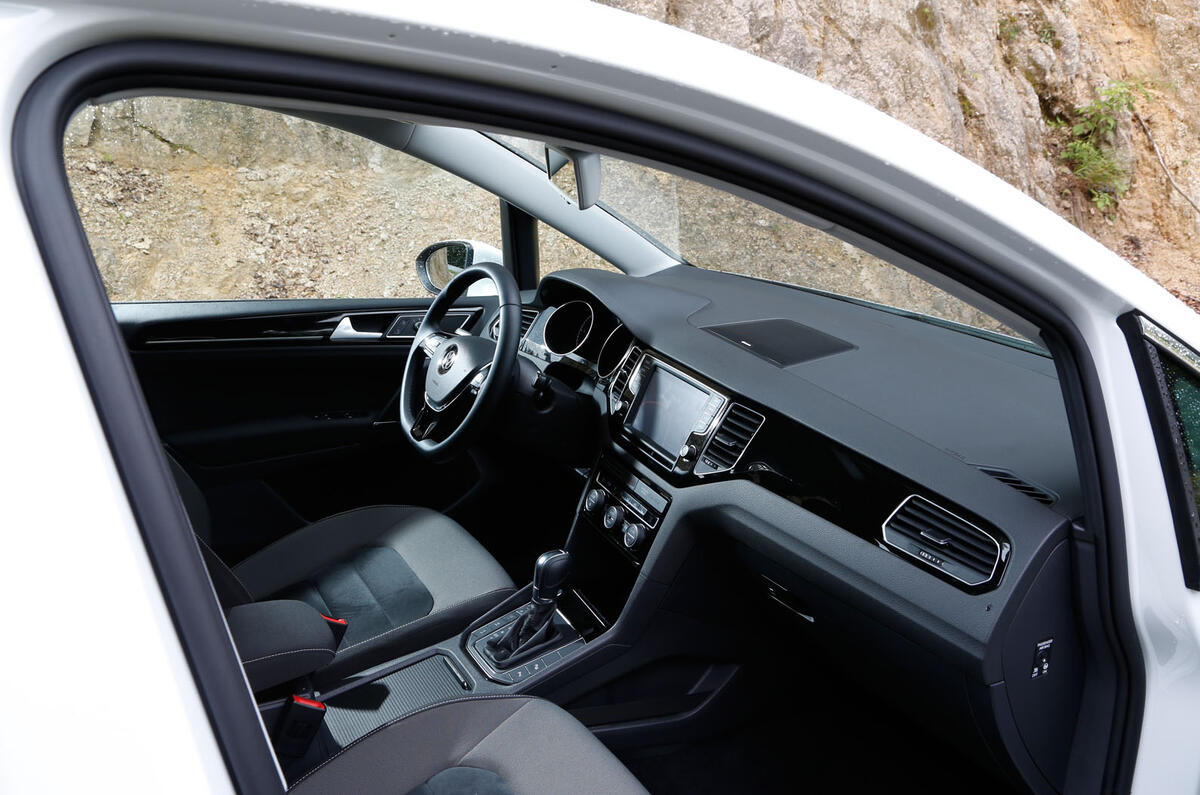
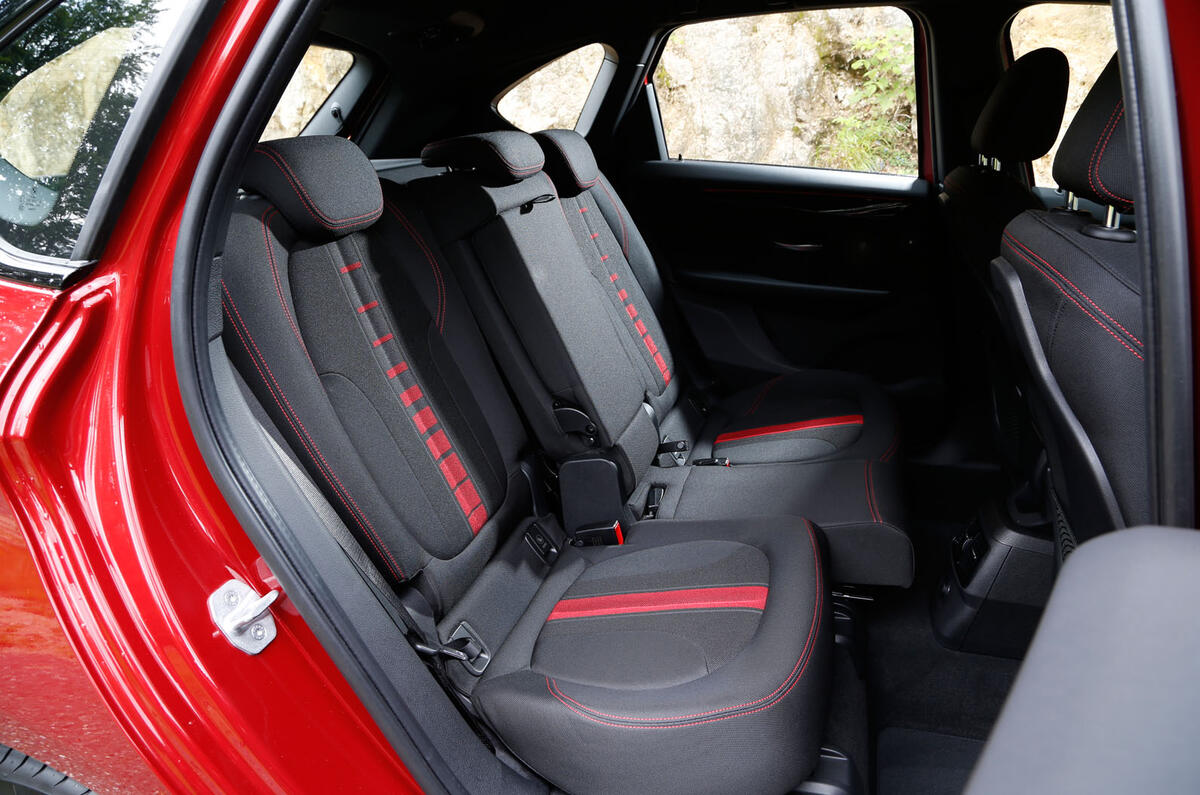
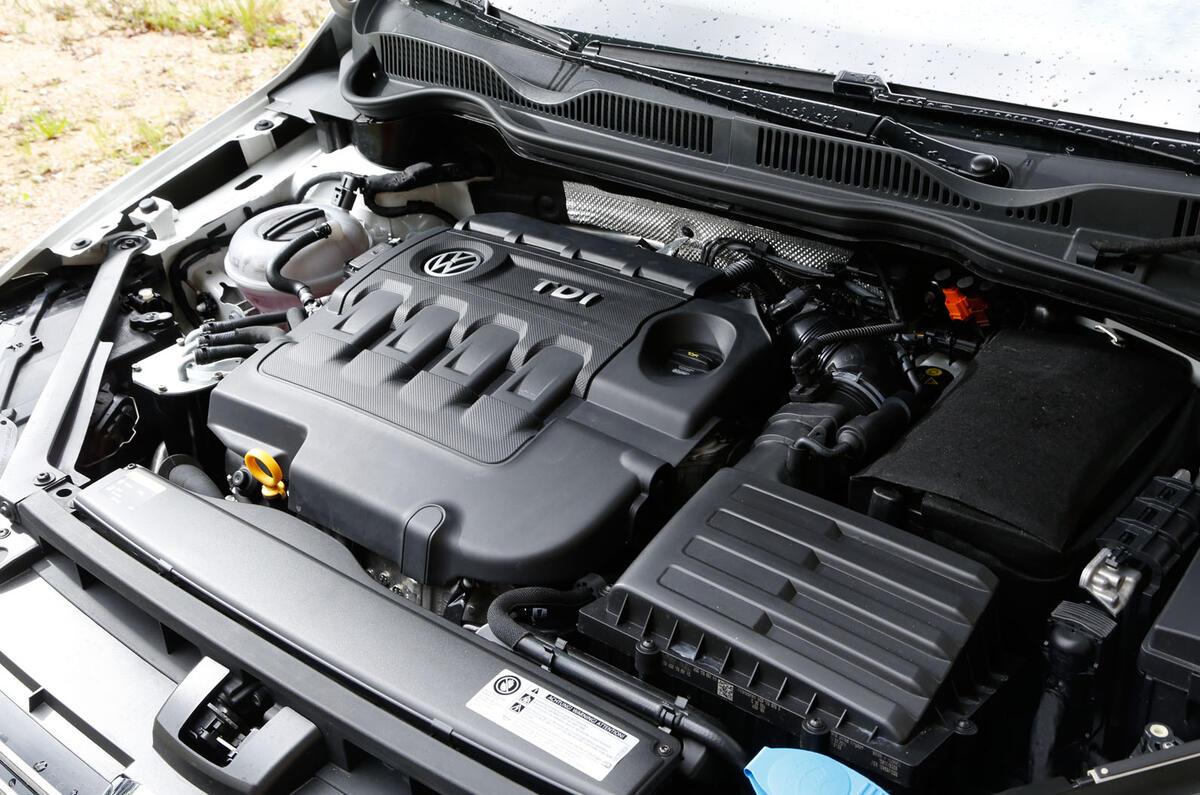
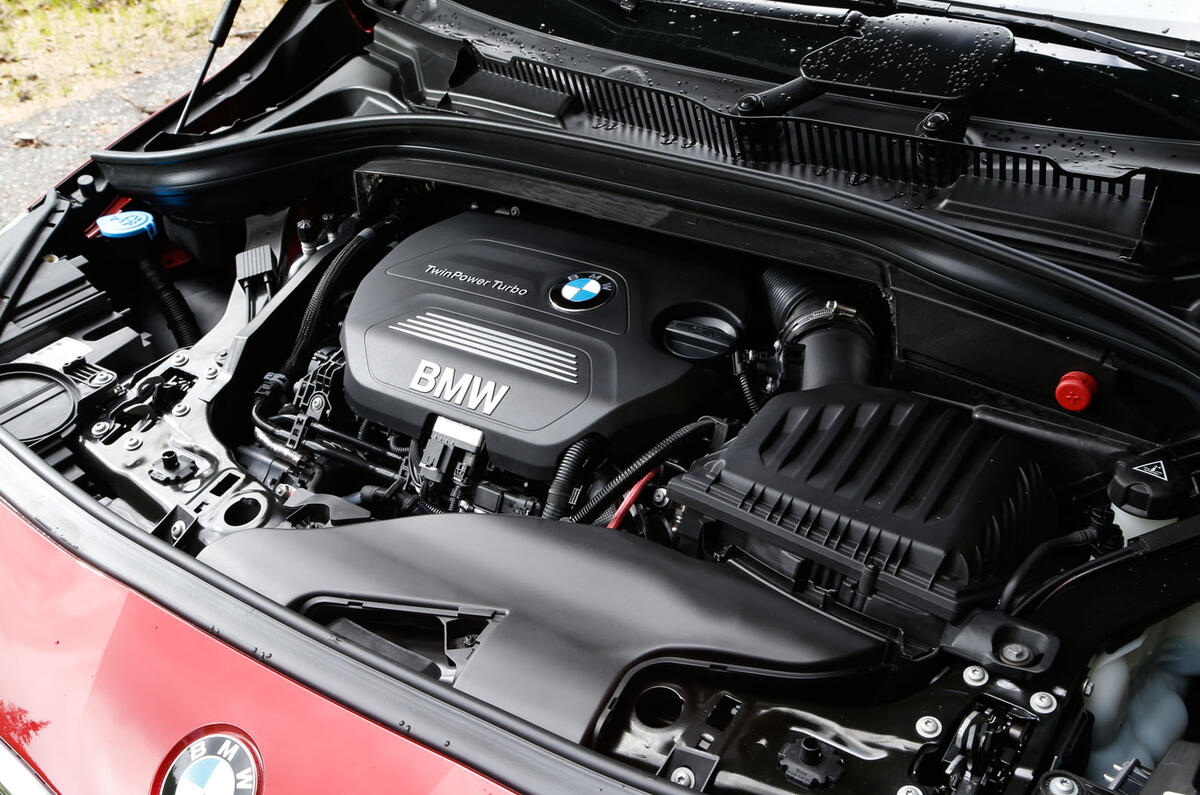
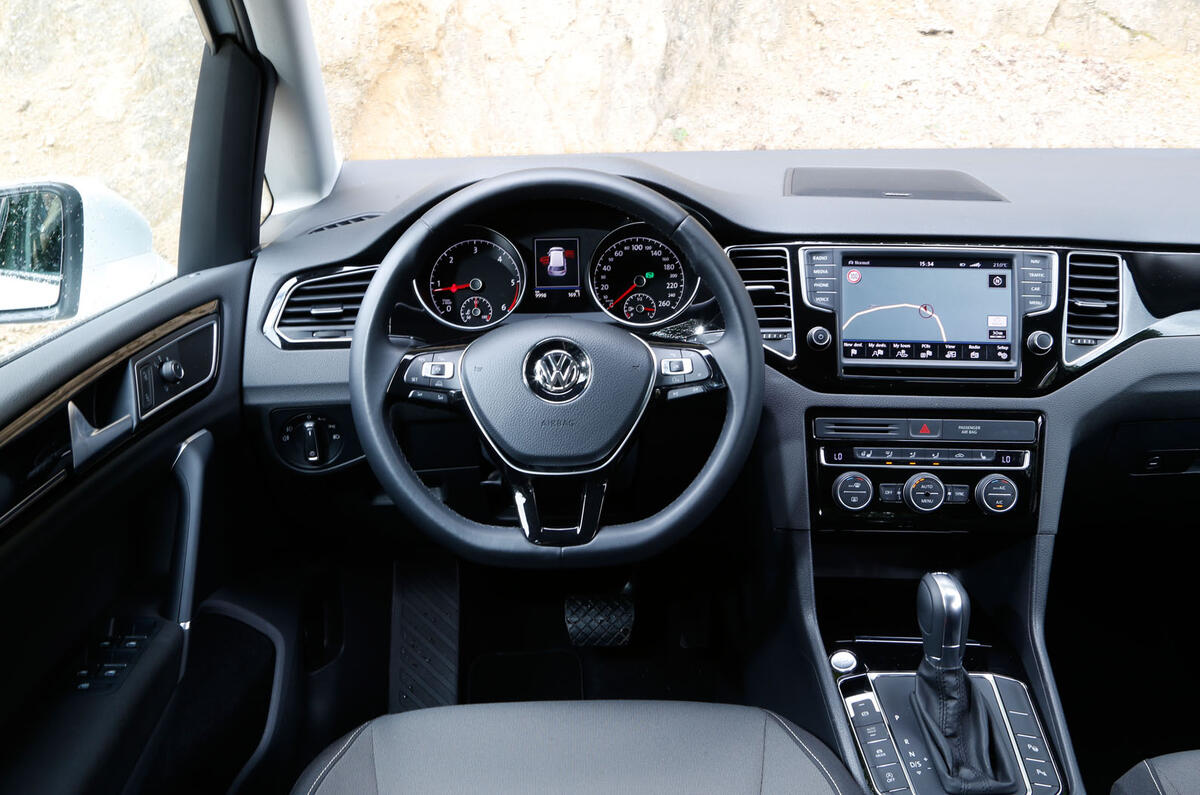
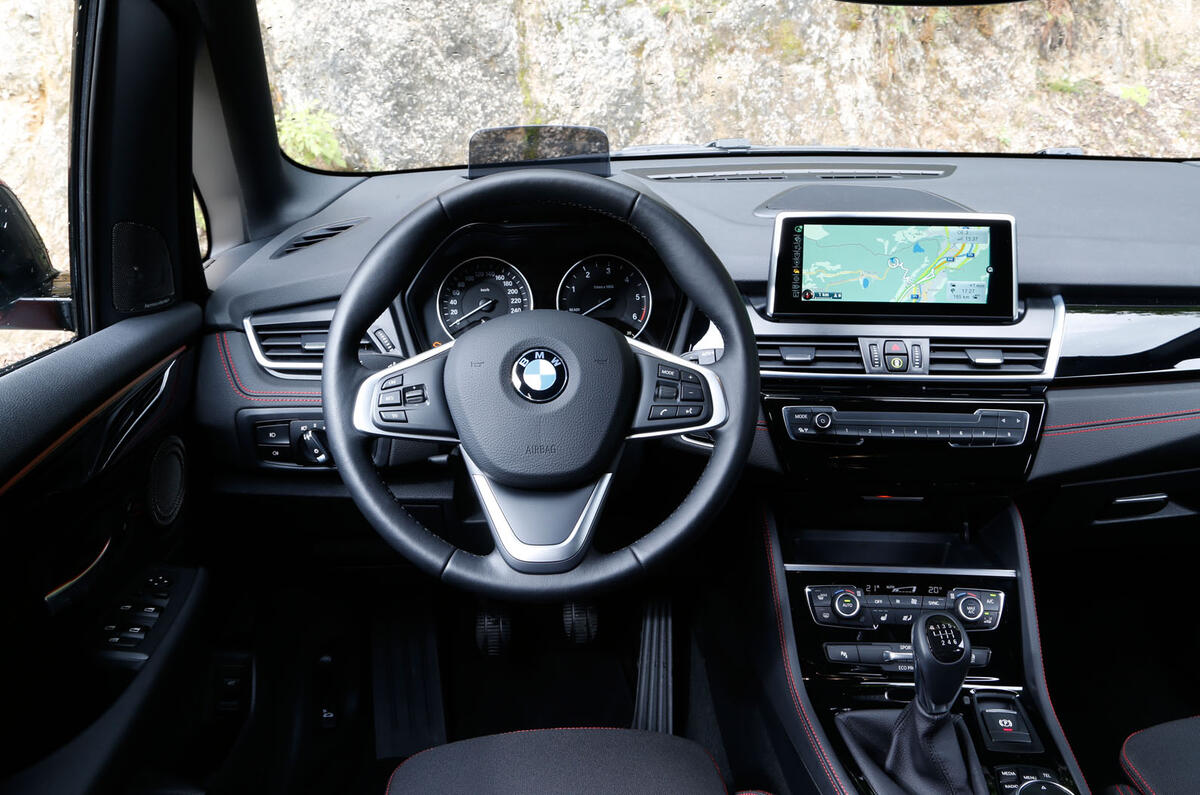

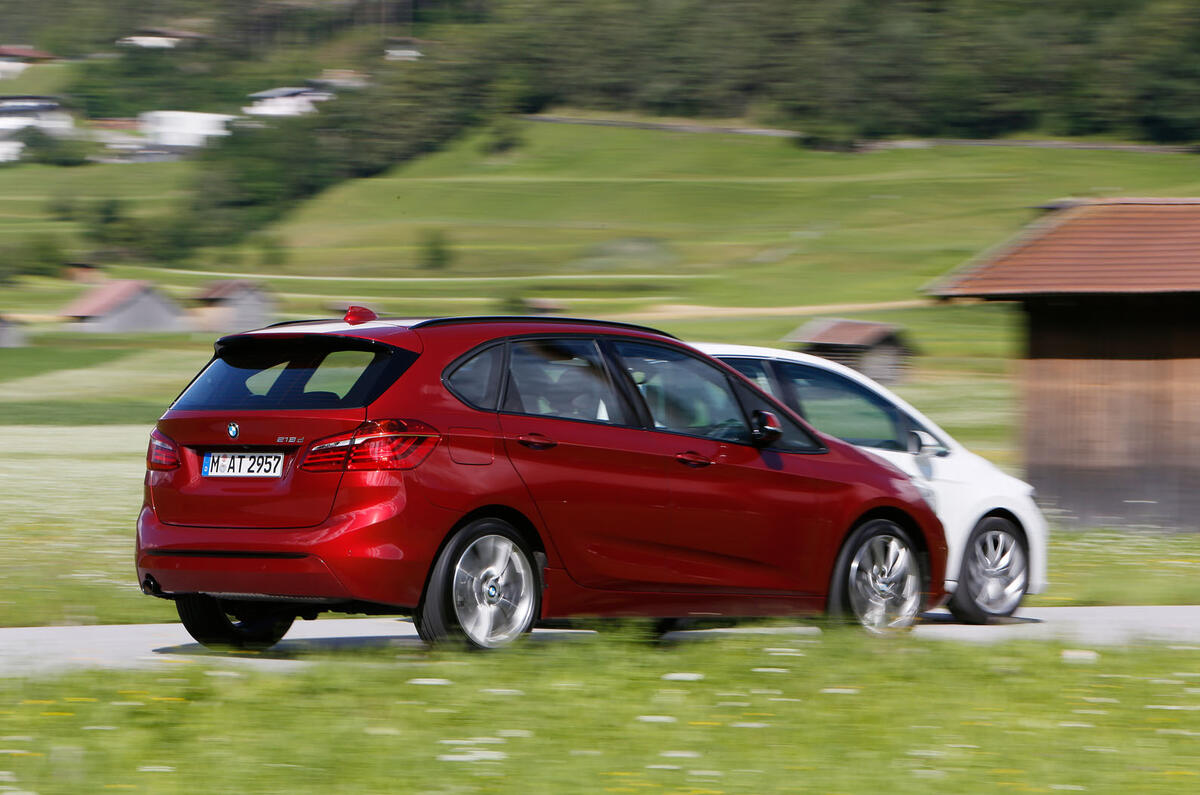
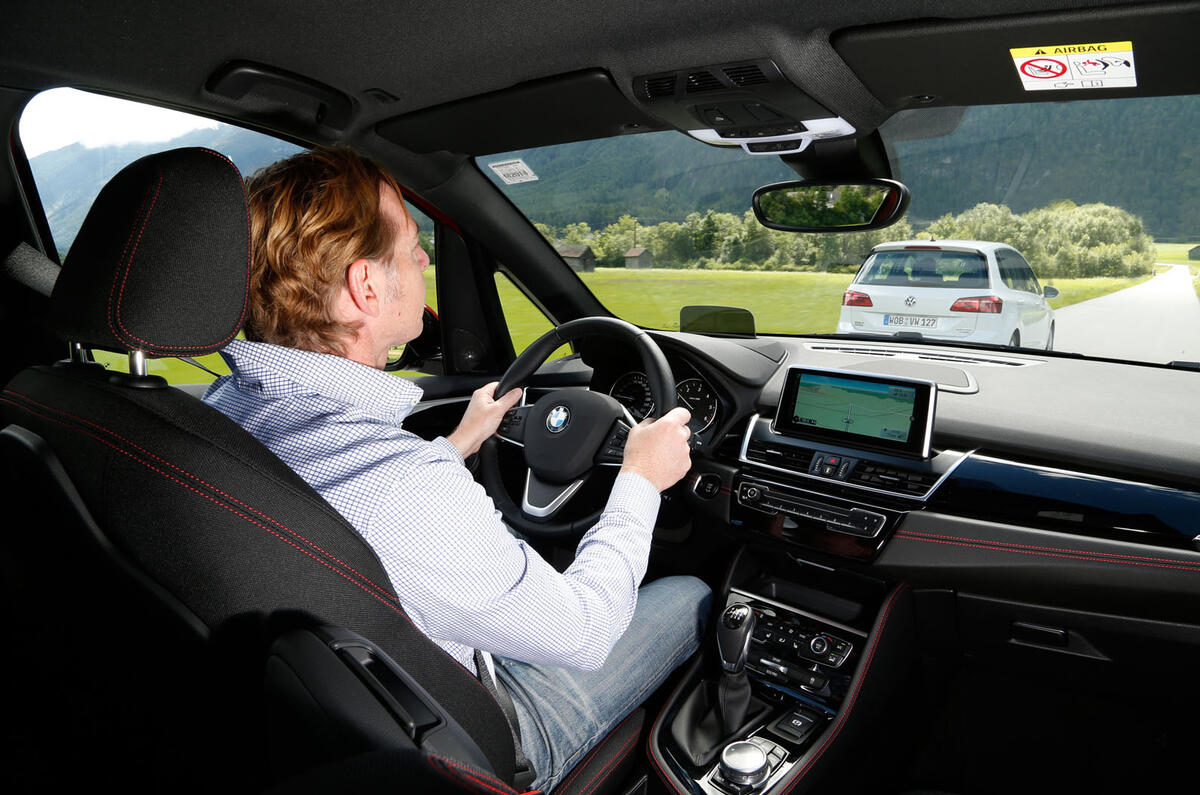
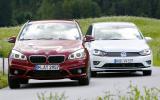

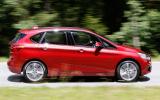
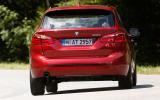
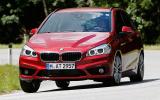
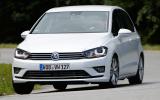
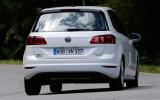
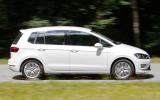
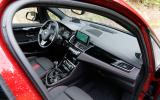
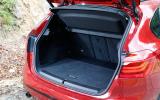
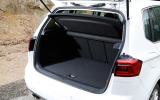
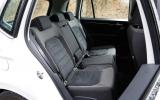
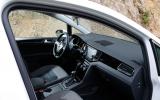


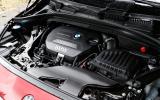
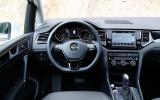
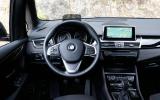





Join the debate
Add your comment
BMW 2 series
Have to say the French still
I'd like to complain about people who complain.
I am on my tenth. There will